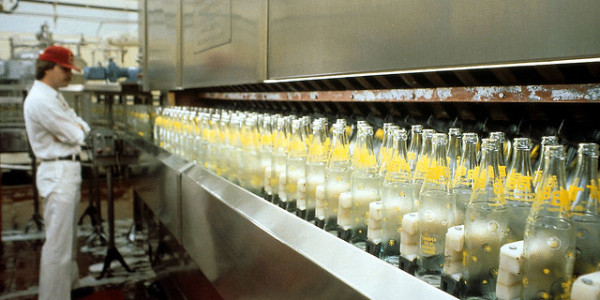Technology makes our lives easier. Electric lights allow us to see in the dark. Cars cut our travel time from weeks to hours. The internet allows us to have the answer to virtually everything. Can technology make our lives too easy? Can it facilitate work so much that human workers aren’t even necessary anymore? Many people think that we are on track to replace human workers with robots. But for this to happen it has to be practical in addition to it being possible. You have to compare the cost of human vs. robot workers.
The money
It’s easy to think of cost as being simply about money. Ask a business owner to weigh the cost of a human worker vs. the cost of a robot they will most likely think in terms of wages for the human and initial cost for the machine.
The average annual wage for entry-level factory employees is around $25,000 a year. The robotic worker Baxter on the other hand, costs $32,000. Baxter costs little more to purchase than the cost of paying the average human factory employee. Baxter doesn’t need breaks, won’t get injured, and doesn’t make errors. On paper, it seems like robotic workers are significantly more cost effective than human workers.
However, there is more to cost than just wages and the price of a robot with fancy name.
First, the purchase price with accessories and warranty is now $32,000, while just a couple of years ago Baxter sold for $22,000. How many more enormous price increases will we see? How many new accessories will you need? You can set the wage you’re willing to pay for a human worker, but Baxter is a product, so the manufacturer sets the price.
The workforce
The operating costs, counting $52/month in electricity, depreciation, and the initial purchase price — work out to about $871 a month. This is quite a bit less than what’s paid to a human worker. But Baxter robots can’t actually replace human workers. They require operators. The human operators at a plant full of robots will not be entry-level. They’ll be more highly paid than the entry level workers. There will be fewer of them, but there will still need to be human workers to build, train, oversee, and maintain the Baxter robots.
In fact, ReThink, the makers of Baxter, see their creation as a solution to rising labor costs but also to repetitive motion injuries and the stultifying boredom of doing a job that a machine can do. They figure the potential loss of unskilled jobs will be offset by the increase in skilled work.
Offshoring manufacturing jobs had a cost: hundreds of Americans lost well-paying union jobs and America lost much of its foundation of manufacturing skills. Now that manufacturing is returning to the U.S., the manufacturers face higher labor costs and a lower supply of trained workers. Many are responding with increased automation.
Manufacturers may have to put a serious investment into education in order to be able to take advantage of the promise of industrial automation.
